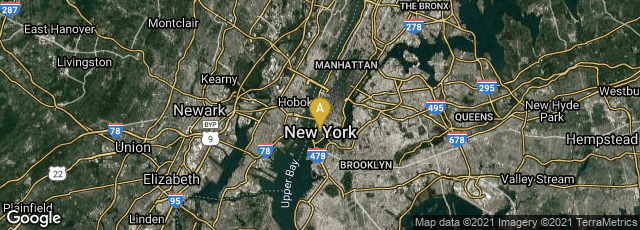In 1913 American social scientist
Mary van Kleeck, Secretary of the Committee on Women's Work of the
Russell Sage Foundation, issued an extensively illustrated book entitled
Women in the Bookbinding Trade. As I have frequently learned in writing
HistoryofInformation, the socio-economic conditions of workers in the printing, papermaking, typesetting, and bookbinding industries were far less well documented than the histories of these trades as handcrafts. It is possible that van Kleeck's 270-page book focusing on the trade as practiced in New York City was the first comprehensive study of the industrial processes and working conditions of bookbinding for either sex. At the time hand bookbinding practices occurred side-by-side with the use of bookbinding machines. On p. 2 van Kleeck points out that according to the 1900 U.S. census 15,000 women were employed in the bookbinding trades in the United States. As one would expect, women in the bookbinding trade were exploited with respect to working conditions and pay, a problem that persisted in certain occupations well into the 21st century. At the time the standard work week was 60 hours; however, van Kleeck reports instances of women being forced to work 24.5 hours on certain single days.
Because the photographs that van Kleeck published were so descriptive I decided to reproduce a large selection of them with this entry.

